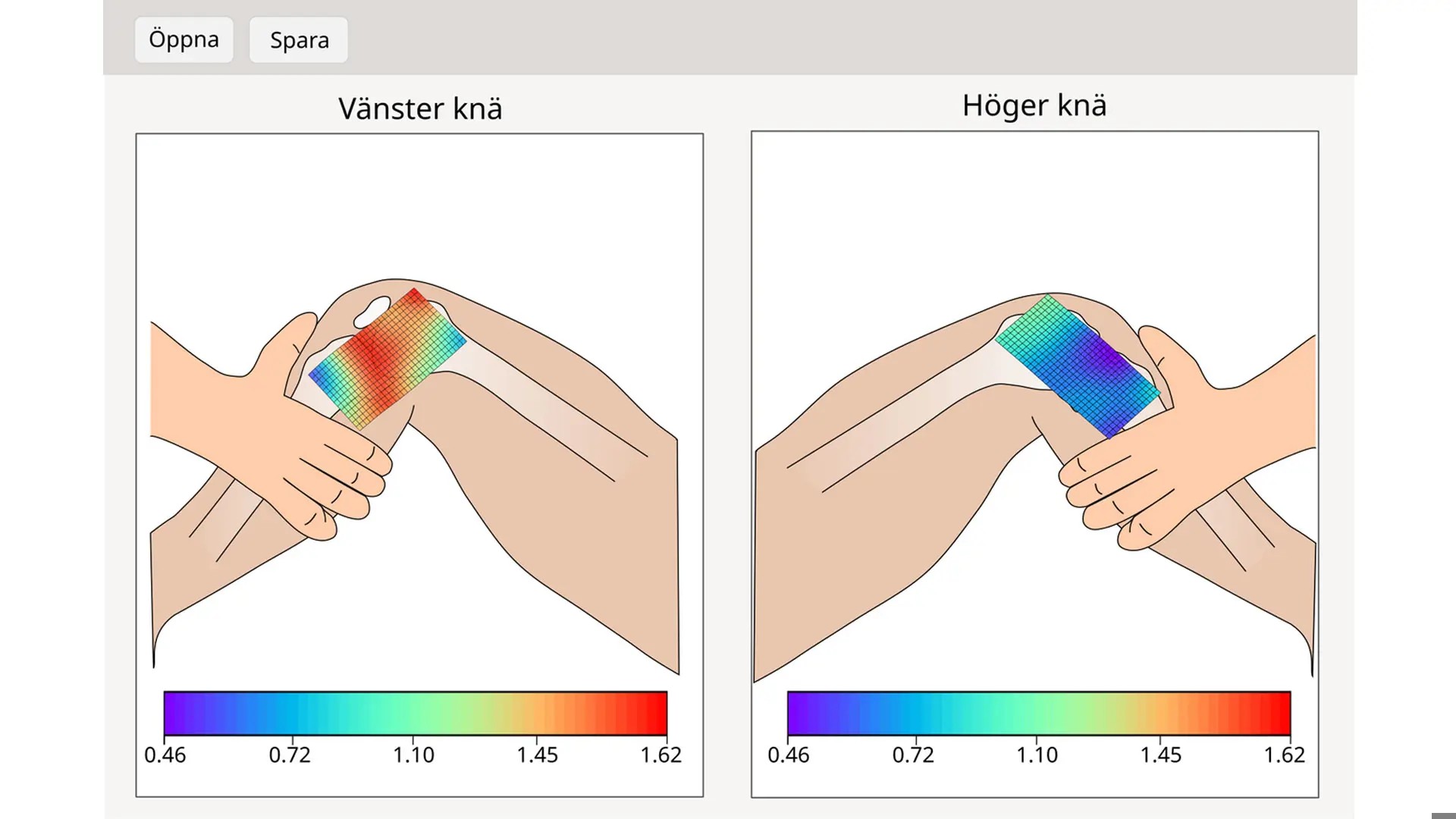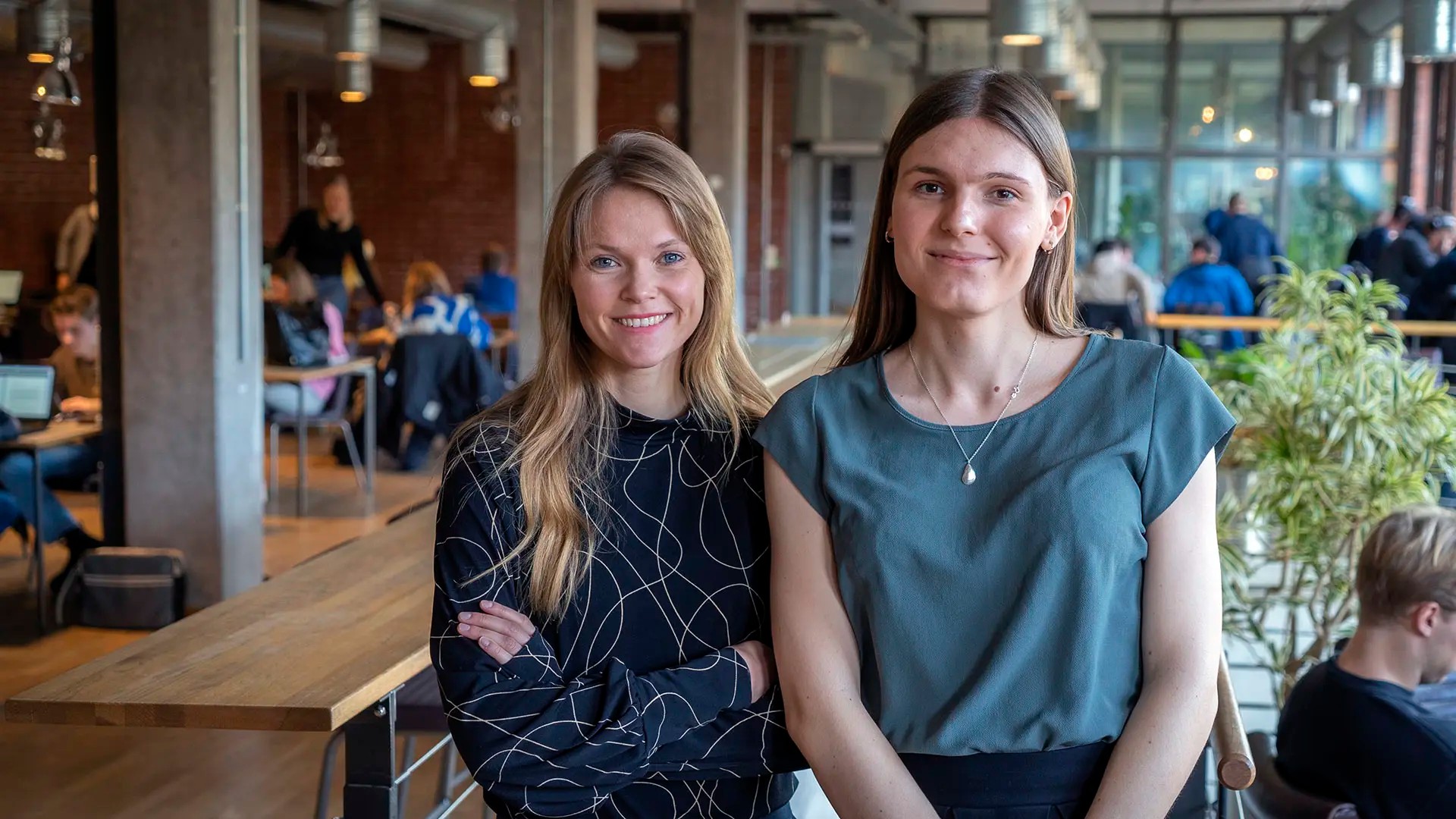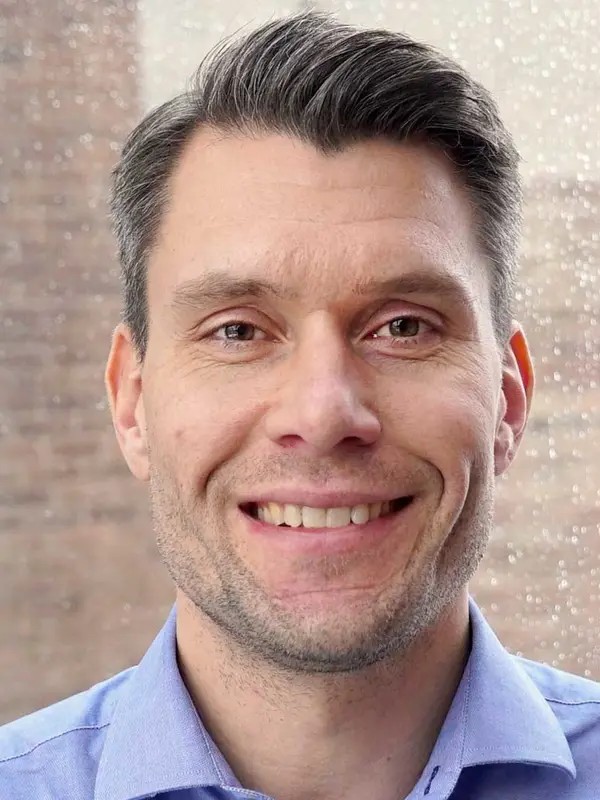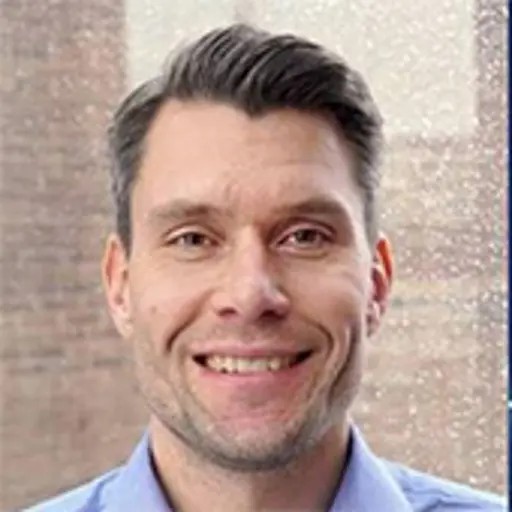When a person seeks healthcare for knee pain the first step is to diagnose any ligament damage. This is done by assessing the mobility of the knee joint. Now a new method is being evaluated where you film the knee and analyze video sequences with image processing. The aim is to provide for a simpler and more accurate diagnostics.
A healthy ligament prevents hypermobility in the knee. To identify hypermobility various diagnostic methods are used to test for collateral ligament damage, for example the Lachman strees test and the anterior drawer test.
With the new method, developed in a collaborative project between researchers at Sahlgrenska Academy and Chalmers, the knee is filmed when these conventional tests are performed.
The knee is filmed because the movements on the outside of the knee reflect how the ligaments inside the knee joint work, as the external movements are controlled directly by the movement in the joint. Combining conventional diagnostics with image processing gives objective measures of hypermobility in the knee joint when the ligaments are damaged.

Right now, the method is being tested in a clinical environment to investigate its precision. The aim is to collect enough data to be able to evaluate the precision with which the method can identify injured knees. The study will also evaluate the ease of use through dialogue with future users to identify the needs that have to be met for the method to be used clinically. The study is expected to be completed at the end of April 2023.

Photographer: Marcus Folino
“The vision is that the method should be able to be implemented in primary care and be a diagnostic aid for those who are unfamiliar with this type of examination of the knee joint, and a communication aid when referring patients. We also hope that the method will be used to follow up patients after surgery to ensure that the reconstruction of a damaged ligament lasts and to increase the chances of a safe return to the patient's normal activity level,” says Alice Nilsson and Linn Söderholm, research assistants at Chalmers and involved in the development of the method.
Specialized care can reach more patients
The ongoing study is led by Kristian Samuelsson, professor in orthopedics and specialist in knee surgery and sports medicine, who was involved in developing the new method. The physiotherapy clinic Sports rehab and orthopedics clinic at Mölndal Hospital participates in the study by, with the help of the nursing staff, testing the method in a clinical environment and collecting data to be used for evaluation.
“If we succeed in creating an instrument that can reliably help healthcare providers make the right diagnosis, this will allow more patients to receive specialized care, will make care more equal, and more patients will receive the correct assessment and treatment early,” says Eric Hamrin Senorski, an associate professor of physiotherapy and participating researcher in the study.
May also be used to examine wrist and ankle joints
Pain in other joints, such as the wrist and ankle, can also be assessed to determine the function of the ligaments. Anders Björkman, a professor of hand surgery, and Nenad Zeba, a chief physician in hand surgery, see the potential of the new method for diagnosing wrist injuries.
“Assessing wrist ligament function through a clinical examination is very difficult and almost always requires specialist skills in hand surgery. A method that can easily and reproducibly assess ligament function in the wrist would improve the diagnosis and treatment of a large group of patients,” says Nenad Zeba.
It's very compelling to see what ideas and new technologies can be developed

The project is one of several collaborations between Chalmers and Sahlgrenska Academy. Martin Fagerström is the responsible researcher at Chalmers. He was involved in development of the method and is participating in the ongoing study. In his role as Co-Director for Chalmers Area of Advance Health Engineering and coordinator of Chalmers Sports & Technology, he is involved in several collaborative projects.
“Collaborations like these are extremely motivating! It is also very compelling to see what ideas and new technologies can be developed when challenges in healthcare are addressed unconditionally in a multidisciplinary grouping like this,” says Fagerström.
Contact
- Professor, Material and Computational Mechanics, Industrial and Materials Science
